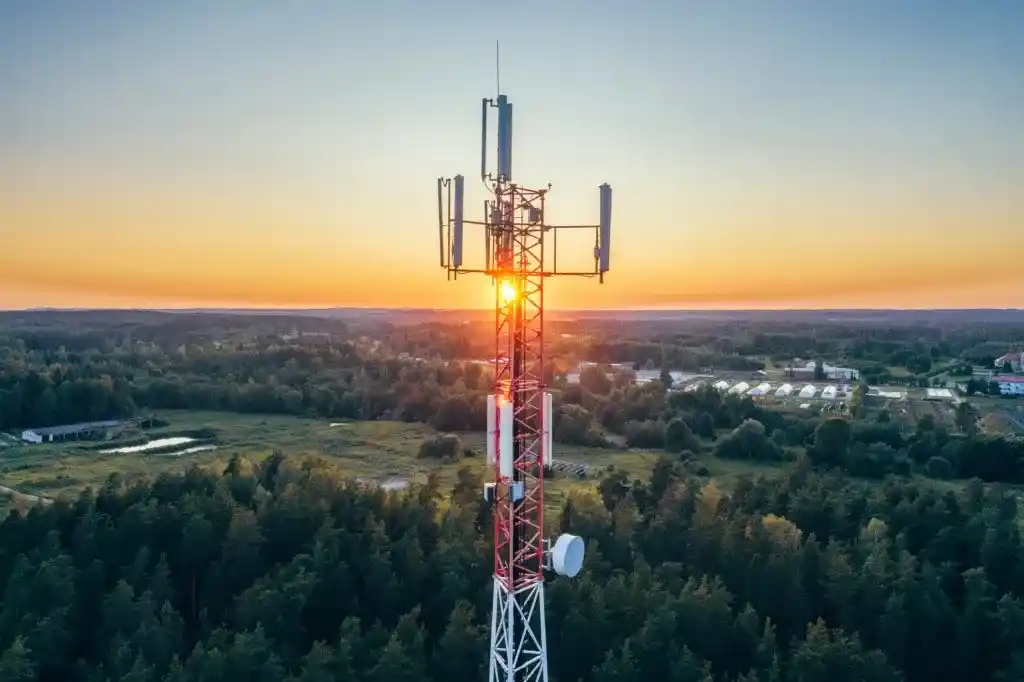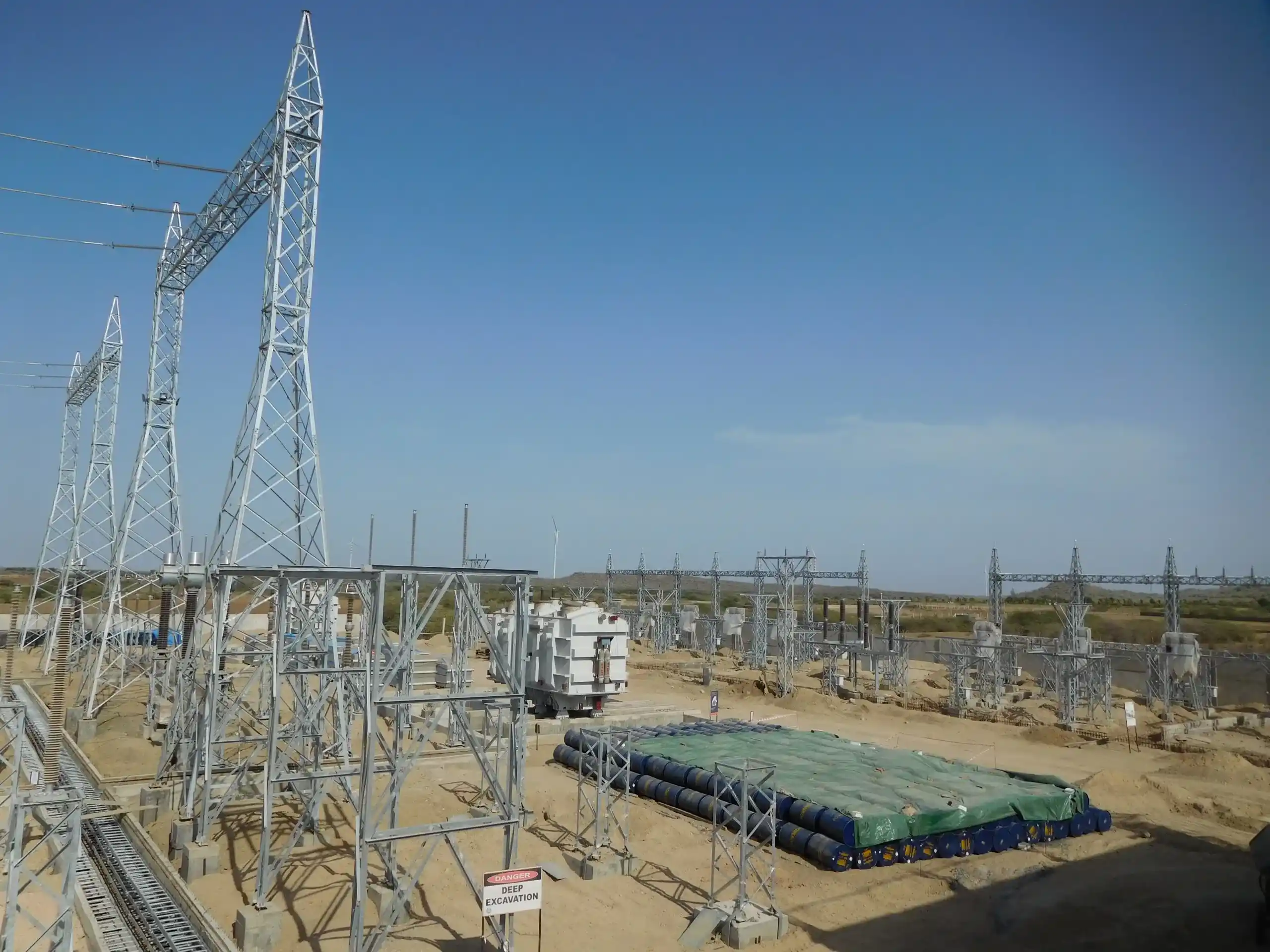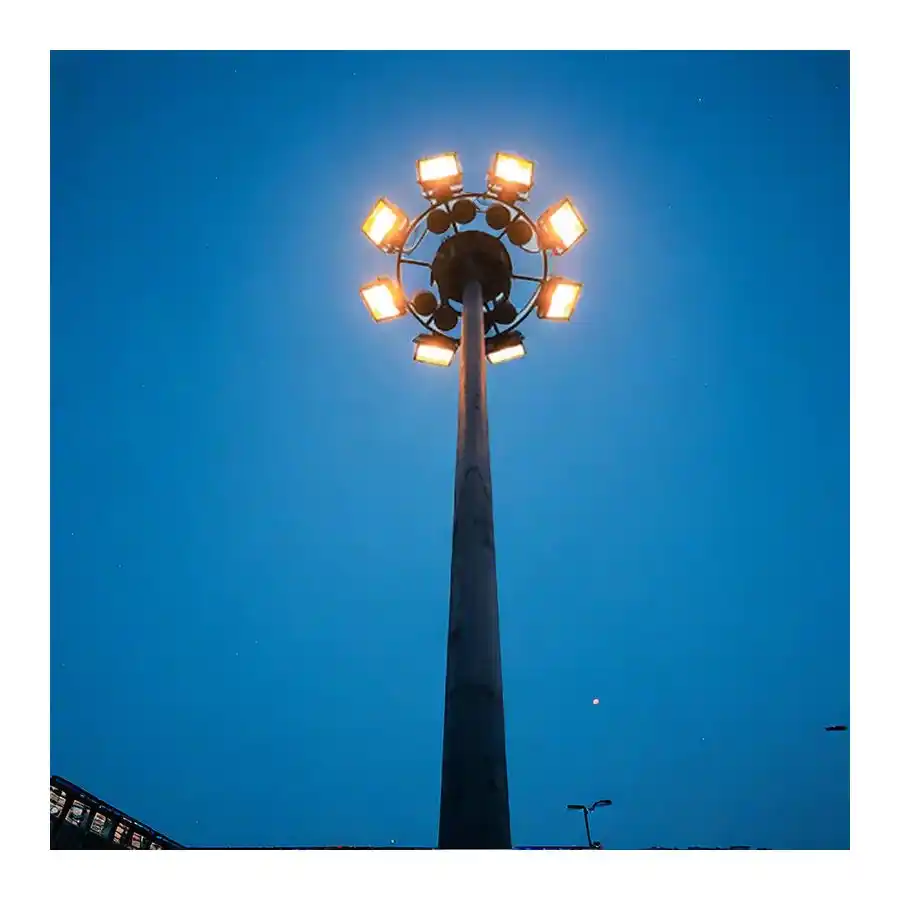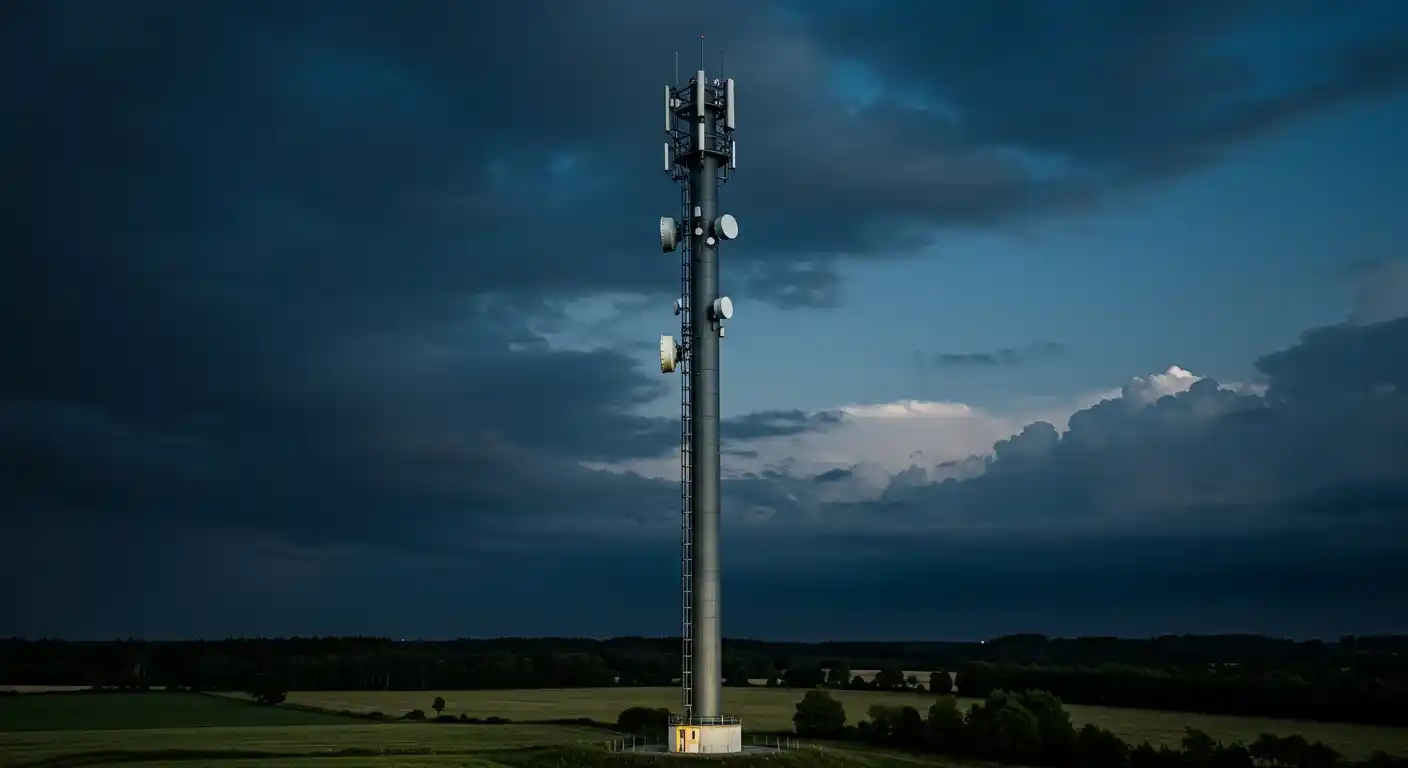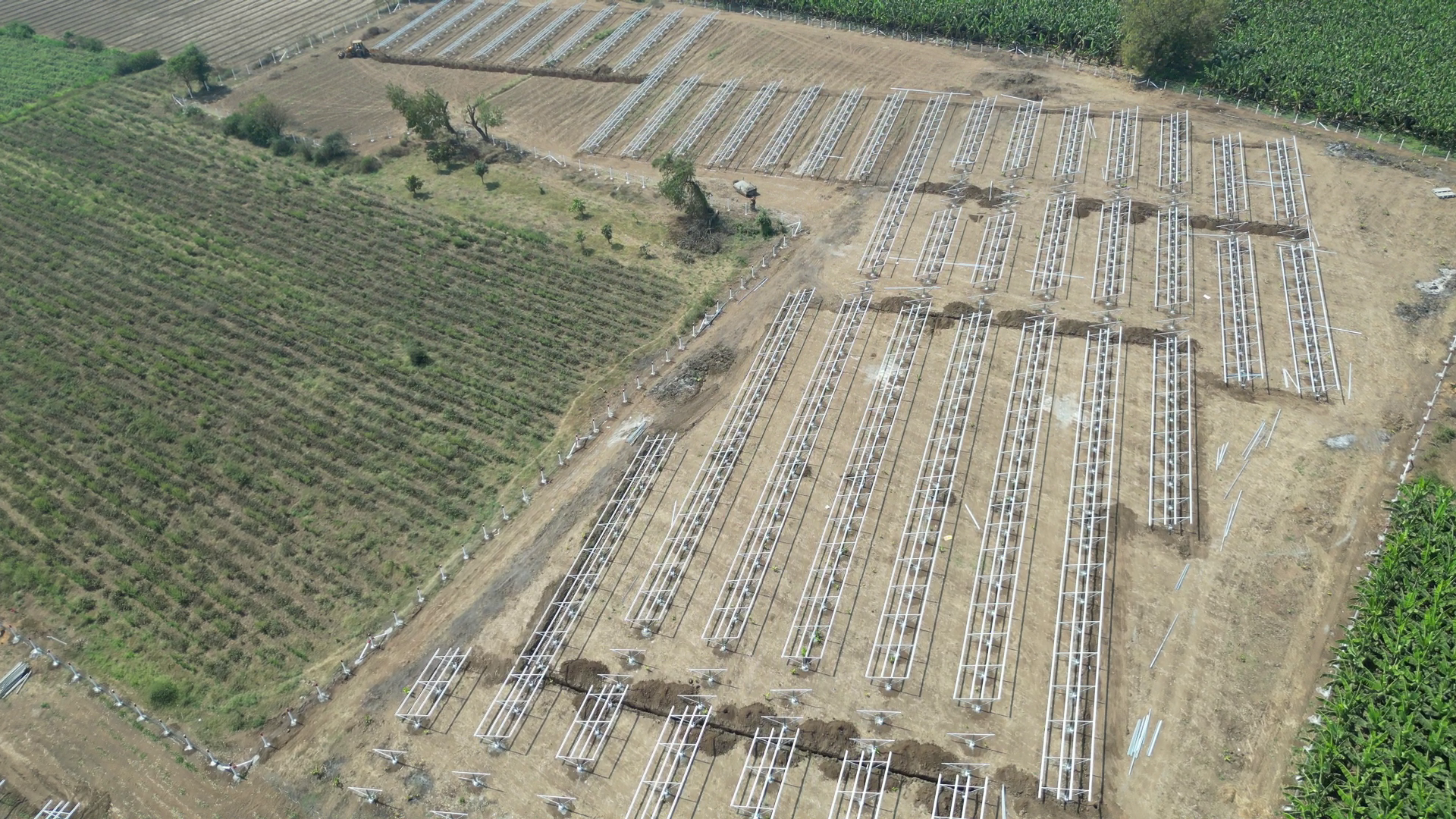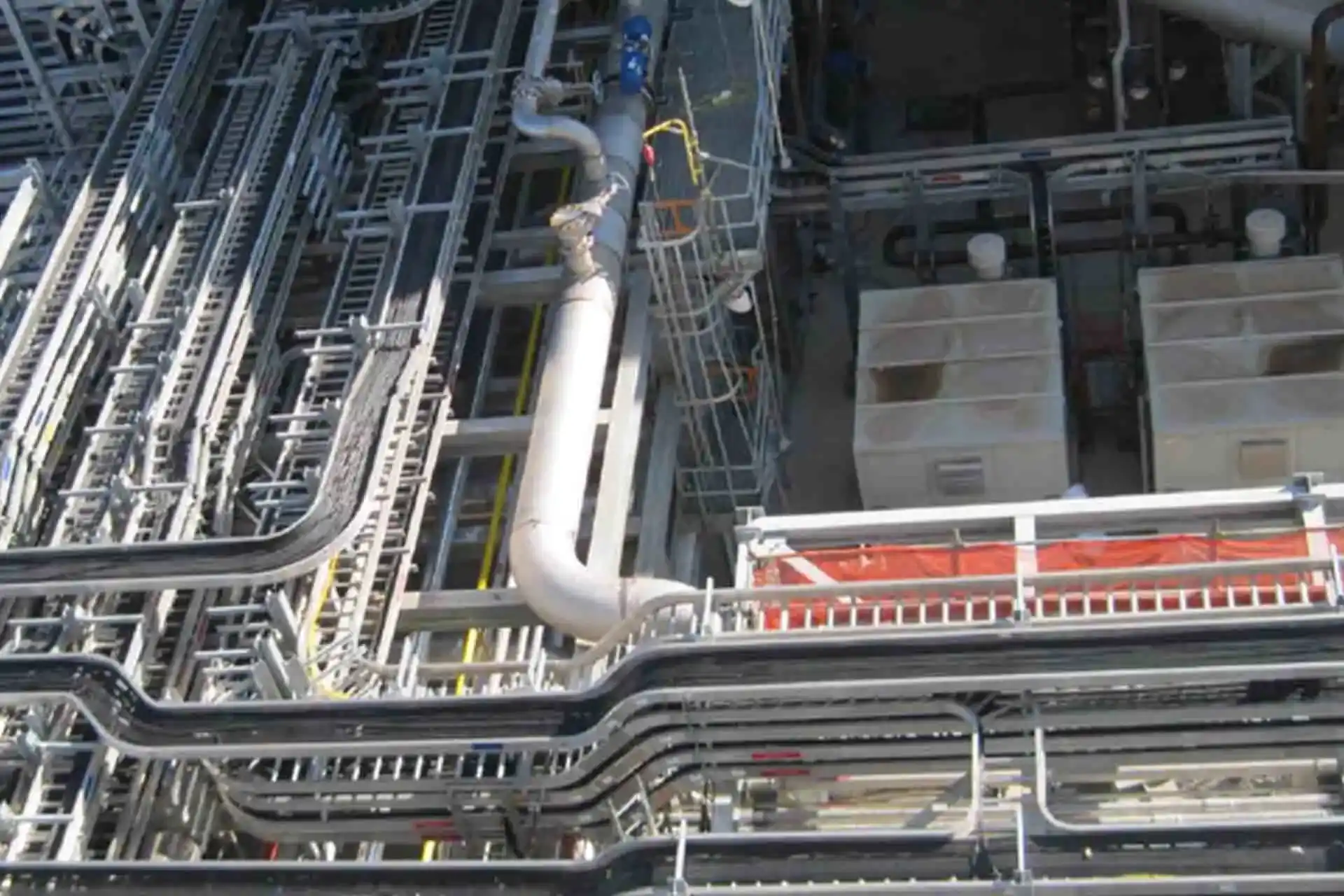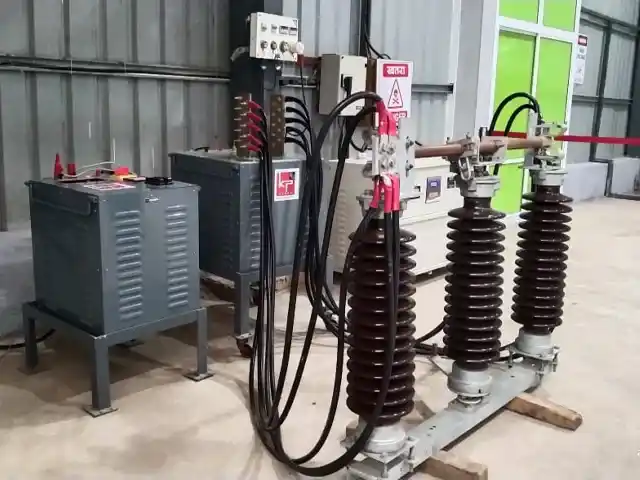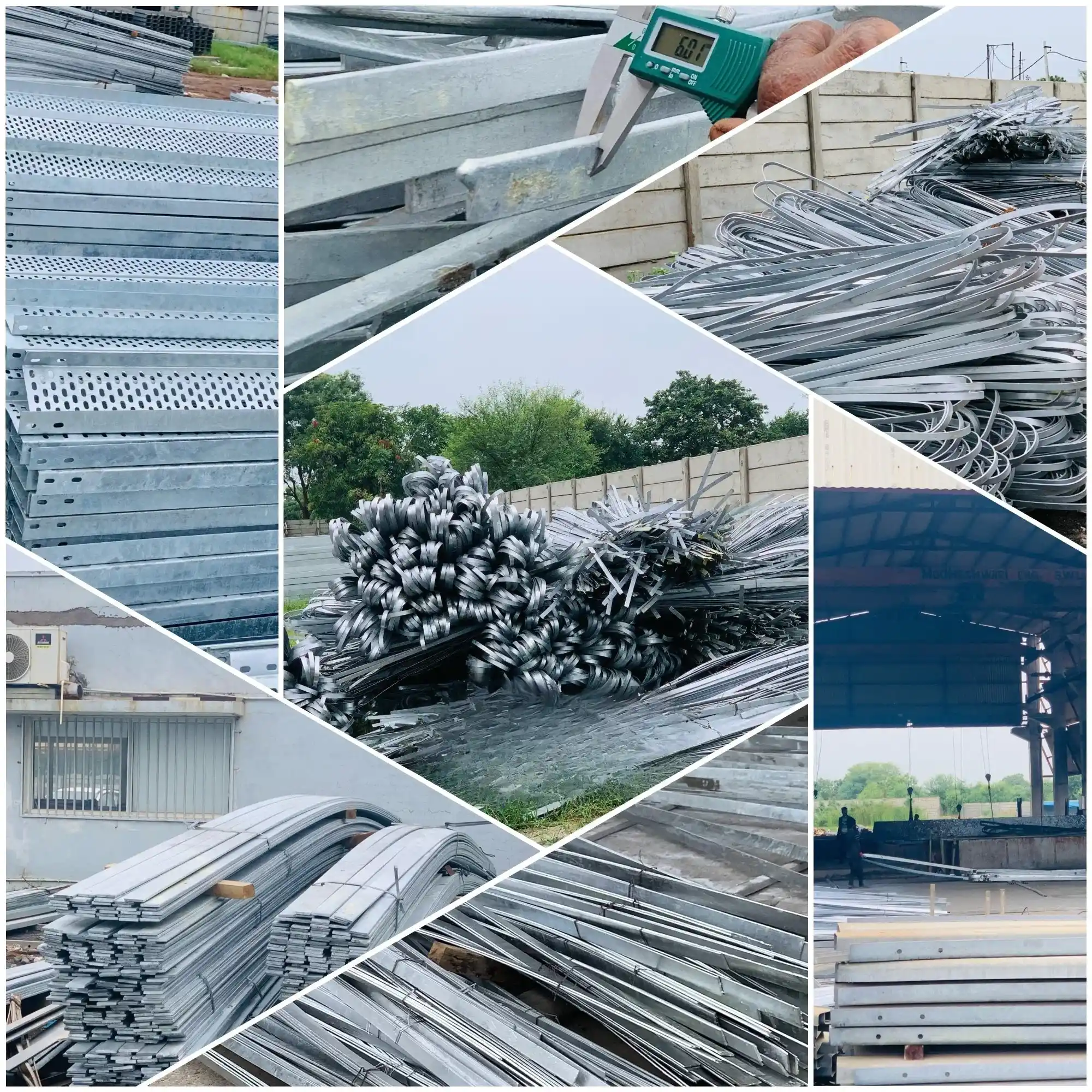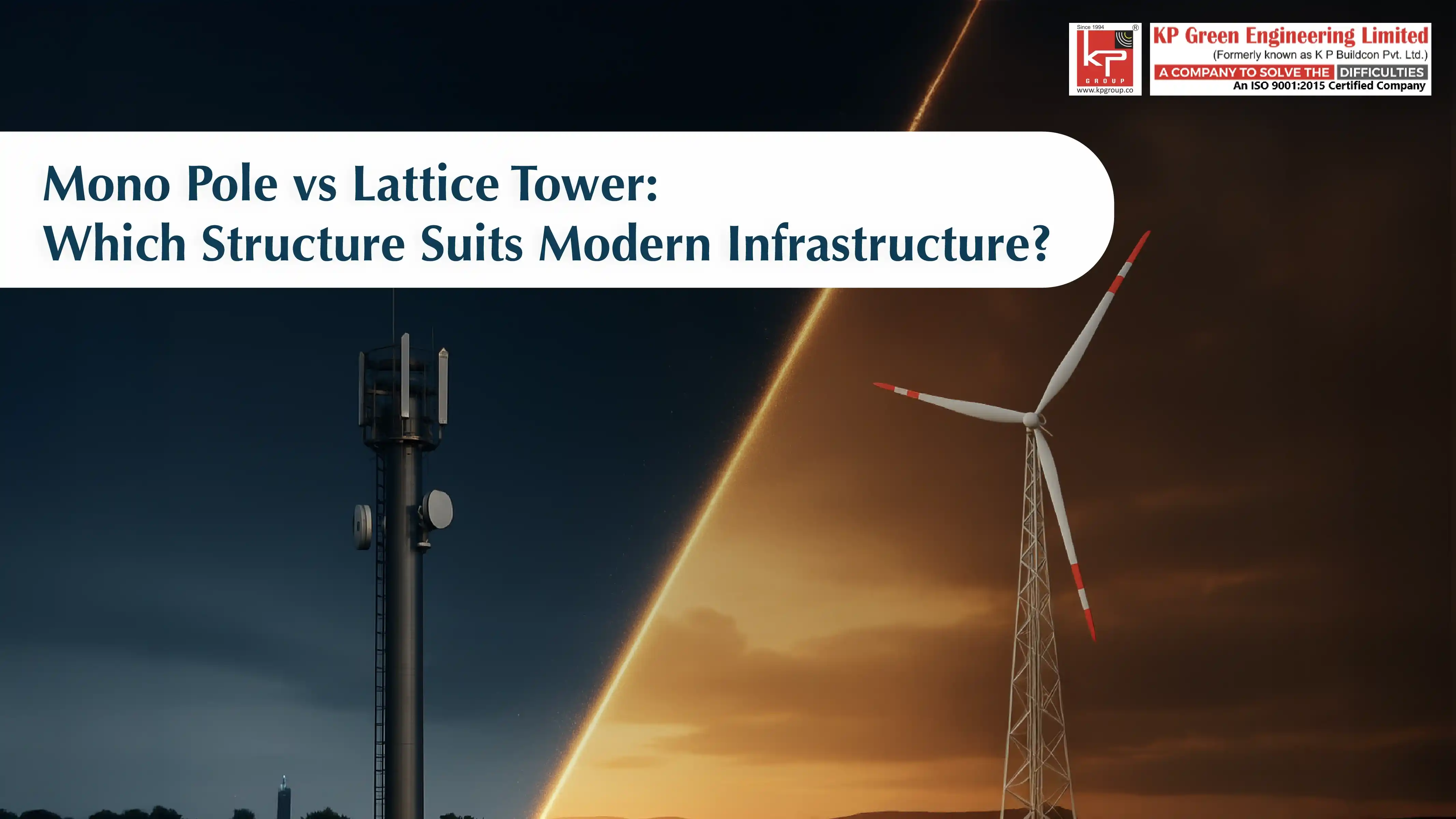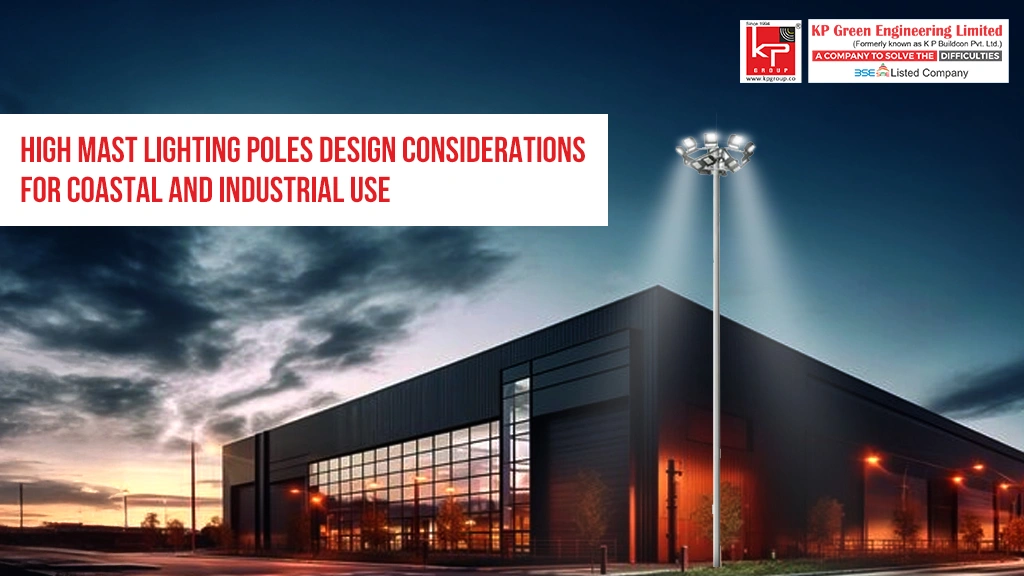Solar Module Mounting Structures: Fixed Tilt vs Tracker
Introduction to Solar Mounting Structures
Successful solar power projects depend not just on the quality of the photovoltaic panels, but on their mounting structures as well. As solar swells into the residential, commercial, and utility-scale markets, picking the right mounting system is arguably the most important decision that you can make. The chosen mounting system has an impact on energy generation, project costs, and economic return over the Operational lifespan of the project.
Why Mounting Structures Matter in Solar Projects
Mounting structures are essential to solar installations, offering stability, optimal positioning, and some protection from the elements. They establish how effectively panels will perform during hours of sunlight every day and throughout the seasons. A well-engineered mount will increase energy yield while being able to resist wind load and non-static ambient temperature fluctuations for decades of operation.
In addition to structural integrity, mounting structures have a direct impact on installation costs, required maintenance, and overall system performance. Choice of mounting technology can establish a fixed tilt frame or a Solar tracker, which both provide spatial advantages, especially for a certain project.
Overview of Fixed Tilt and Solar Tracker Systems
Solar mounting systems fall primarily into two categories: fixed tilt solar mounting systems and solar tracker mounting systems. Fixed tilt systems mount solar panels at a selected angle, which is fixed for the duration of the project and predetermined for optimal energy use, depending on location. Solar Trackers generally enable solar panel mounting systems to follow the direction of the sun in the sky in order to maximize energy capture during the daylight hours.
Both systems have benefited from engineered advances, and systems have engineered into strong, capable, and reliable systems suited for many locations and price points. KP Green Engineering designs both systems and is able to provide complete systems specific to the needs of each project.
Fixed Tilt Solar Mounting Structures
Design and Working of Fixed Tilt Solar Structures
Fixed tilt solar mounting structures hold photovoltaic panels at a constant angle for the entire year. The tilt angle is usually based on the latitude of the system installation and is optimized for the most solar radiation gain over the entire year. The fixed tilt systems can be installed in-ground with, for example, driven piles or ballasted systems, or as rooftop mounts, depending on the installation scenario.
The overall structure uses structural members made from galvanized steel or aluminum to support the panel arrays and withstand environmental loads. Structural components include support rails, panel clamps, foundations, and interconnecting hardware for long-term impact from the outdoor environment.
Advantages of Fixed Tilt Solar Structures
The advantages of fixed tilt solar structures make them the most widely adopted mounting solution globally:
- Simplicity and Reliability: With no moving parts, fixed systems eliminate mechanical failure points and complex control systems.
- Lower Initial Investment: Installation costs remain significantly lower compared to tracking systems.
- Minimal Maintenance: The lack of motors, bearings, and electronic controls results in minimal maintenance needs.
- Proven Track Record: Fixed tilt technology is a mature and proven technology after years of successful use in the field.
- Flexible Installation: Installations can be completed in almost any condition, whether on rooftops, on sloppy ground, or in minimal installation areas.
- Reduced Land Requirements: Fixed tilt panels can be packed denser and require less land use than the same-producing actress for tracking systems.
- Simplified Electrical Design: Static configuration simplifies wiring, reduces cable stress, and minimizes shading considerations.
Durability of Fixed Tilt Solar Mounting Systems
The durability of fixed tilt solar mounting systems is in the simplicity of their design. If these systems do not rely on moving slots, they undergo virtually no wear during their lifetime. High-quality galvanized steel structures are expected to last for over 25-30 years with very little upkeep.
When choosing the right materials and the appropriate surface treatments, they withstand environmental forces. If corrosion needs to be addressed, hot-dip galvanization will protect the exposed surface of components in coastal or humid environments. Powder coating may offer additional protection with an aesthetic appearance. Since there are no moving components, there will be little points of failure, with a very long expectancy for service.
When Fixed Tilt Is the Right Choice
Fixed tilt mounting proves ideal for several scenarios:
- Projects with budget constraints requiring optimized capital expenditure.
- Rooftop installations where tracking isn't feasible.
- Regions with relatively uniform daily irradiance patterns.
- Installations prioritizing simplicity and minimal operational complexity.
- Sites with limited O&M resources or remote locations.
- Projects requiring maximum panel density per available area.
Solar Tracker Mounting Systems
How Solar Trackers Work
Solar tracker mounting systems use motors to move the panels in a dynamic way, which ultimately helps keep the panels focused on the sun as it moves across the sky from east to west during the day. The sophisticated control systems can contain astronomical algorithms and GPS coordinates, and potentially light sensors, to dictate the optimal solar tracking position at every point in time.
Types of Solar Trackers (Single-Axis vs Dual-Axis)
Single-Axis Trackers: These systems rotate panels along one axis, typically oriented north-south, allowing east-west tracking throughout the day. They capture significantly more energy than fixed systems while maintaining relatively moderate complexity and cost. Single-axis trackers have become the dominant choice for utility-scale solar farms.
Dual-Axis Trackers: These are more complex systems that track the sun in both horizontal and vertical planes as the sun travels east to west each day, and changes in elevation throughout the seasons. Dual-axis trackers, indeed, collect roughly 30% more solar energy production than single-axis trackers, but they are much more expensive, require more maintenance, and are more complicated than single-axis trackers and may only be practical in a very few high-value use cases.
Performance and Efficiency Benefits
The primary advantage of tracking systems lies in enhanced energy production. Single-axis trackers typically increase energy yield by 15-25% compared to fixed tilt installations in the same location, while dual-axis systems can achieve gains of 30-40% in optimal conditions.
This improved performance results from maintaining near-optimal angles throughout daylight hours. Morning and evening generation sees particularly dramatic improvements, as trackers capture low-angle sunlight that fixed systems would receive at steep, inefficient angles.
Cost and Maintenance Considerations
Although tracking systems produce higher energy returns, they do require a larger upfront investment. Because of more intricate mechanical parts, control systems, and more complex installation processes, installation costs generally exceed that of a similar fixed tilt system. Ongoing maintenance costs typically exceed those of fixed systems, but with the advent of modern trackers, reliability has improved significantly.
Maintenance costs commonly include periodic inspections of motors, mechanical bearings, and control devices. While there will be times when wear-and-tear spare parts will need to be purchased, the added cost will frequently be more than compensated by increased energy production over the life of the project.
Fixed Tilt vs Tracker: Key Differences
Installation Costs and Complexity
Fixed Tilt vs Tracker Solar Mounting Structures differ significantly in installation parameters. Fixed systems offer straightforward installation with minimal specialized equipment or expertise. Installation crews can complete projects faster, reducing labor costs and project timelines.
Tracker systems require precise alignment, calibration, and control systems integration. Specialized skills/knowledge are required for installation, which will extend the time to install and increase labor requirements. While this adds costs, the benefit of economies of scale in large utility projects can narrow the overall cost difference significantly.
Energy Yield and Efficiency
The energy generation difference represents the most significant performance distinction. While fixed systems deliver consistent, predictable output based on static optimization, trackers maximize capture during peak demand hours and extend productive generation periods.
Geographic location heavily influences this comparison. Regions with high direct normal irradiance (DNI) see greater benefits from tracking, while locations with predominantly diffuse radiation may experience diminished advantages. Seasonal variations also play a role, with trackers providing more pronounced benefits during long summer days.
ROI of Tracker vs Fixed Tilt Solar Projects
Several interconnected variables influence the comparative ROI of tracker and fixed tilt solar projects. For fixed tilt systems, ROI is often positive faster due to the lower upfront costs; this typically makes them more attractive for projects with limited upfront capital budgets or shorter investment time horizons. In many cases, tracker systems will generate higher long-term ROI, particularly with utility-scale investments in high-DNI geographies, when the additional energy produced usually offsets the added costs. The economic comparison can also be significantly impacted based on the PPA structure, the general electricity price structure, and the financing arrangements.
Lifespan and Reliability Comparison
Both types of mounting can achieve over 25-year operational lifespans with the right design and maintenance. Fixed systems may only require little to no intervention other than having periodic inspections and replacing components for corrosion or damage.
Tracker systems face additional considerations around mechanical component wear, motor replacement, and control system updates. Nevertheless, the reliability of modern trackers has improved exponentially, with several systems running in the field now for years with little to no issues at all. Warranty protection and other manufacturer support features are significant factors to consider in assessing reliability into the future.
Factors to Consider When Choosing Between Fixed Tilt and Tracker
Project Location and Solar Irradiance
The geographic location is a critical element of mounting system selection. Regions with high dotted normal incidence (DNI) have clear skies and strong direct sunlight, which are advantageous for maximizing the benefits of tracking. Conversely, a region that experiences cloudy weather, has high diffuse radiation, or is mostly overcast may not achieve the same benefits of tracking.
Latitude will also be an important consideration, especially as latitude increases from the equator into the northern and southern hemispheres. The farther you are from the equator, the greater the variation in sun angles seasonally, which can impact whether the extra complexity of a tracking system will result in benefits that justify the expense.
Land and Space Availability
Land and space availability often becomes a deciding factor. Fixed tilt systems achieve higher packing density, installing more capacity per acre. This proves crucial for land-constrained projects or expensive real estate.
Tracking systems require additional spacing to prevent inter-row shading as panels rotate throughout the day. While they generate more energy per panel, the overall capacity per acre may be lower. Projects with abundant, inexpensive land may favor trackers, while space-constrained installations typically choose fixed tilt.
Contact KP Green Engineering today to realize the
Maximum Value of Your Solar Investment!
Contact Us Now
Conclusion
The selection of fixed tilt solar mounting structures or solar tracker mounting systems is an important choice that affects project performance, costs, and returns for decades. While neither technology is superior to the other in all situations, each one has advantages in certain situations depending on the project goals and site limitations.
KP Green Engineering has decades of experience with either style of mounting technologies and can help you evaluate your choices with thorough economic modeling and engineering excellence. By evaluating site location, overall budget, available land, and long-term goals, the organization can decide on the best solar mounting structure to maximize the value and performance of the solar investment.
Frequently Asked Questions:
About Us
KP Green Engineering Ltd. provides complete engineering and steel structure manufacturing solutions worldwide, serving industries such as renewable energy, telecommunications and beyond.
Get In Touch
Latest News
KP Green Engineering Dispatches First Heavy Engineering Product For Chennai Metro
KP Green Engineering Secures INR 682.75 Crore Order in Solar and Transmission Segments
KP Green Engineering Limited's Financial Results for H1 FY26


